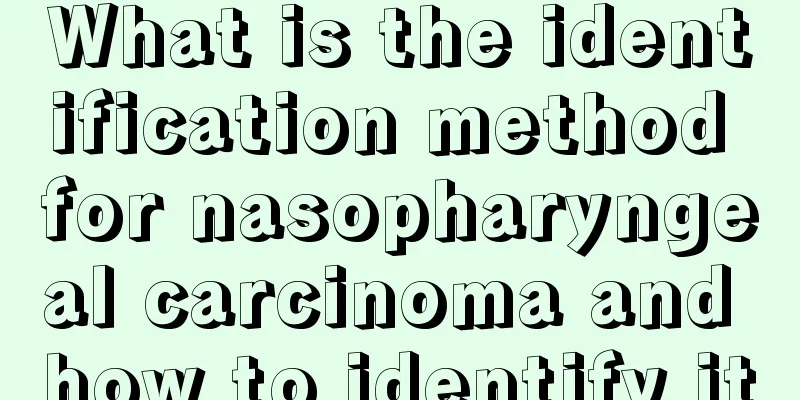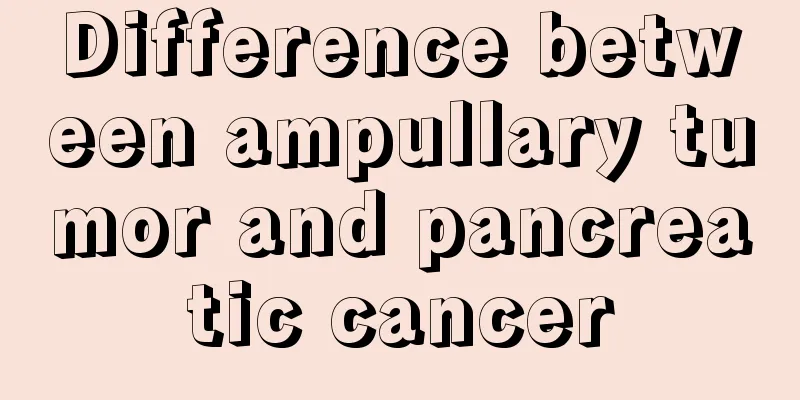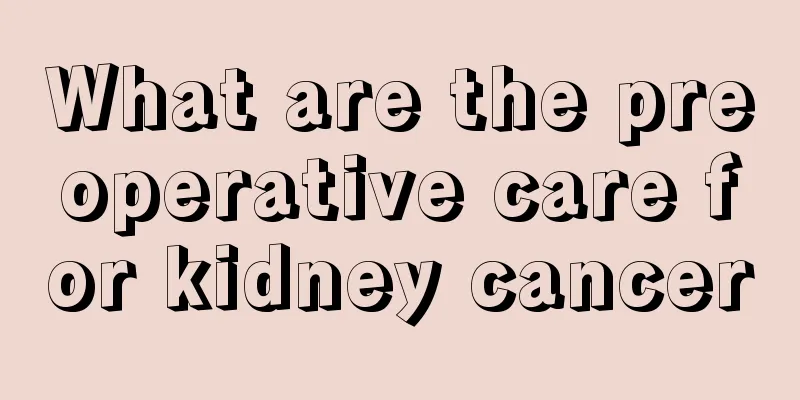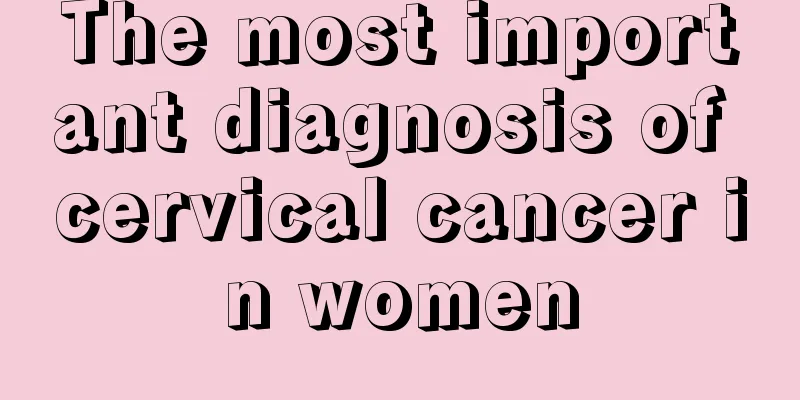Frontal sinusitis migraine
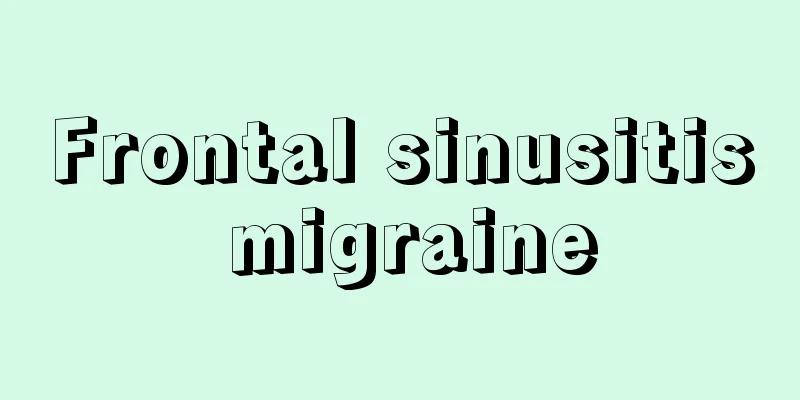
|
Frontal sinusitis is a nasal disease, but when suffering from this disease, patients often also have headaches, causing great pain to patients. In this case, in addition to taking certain measures to stop the headache, appropriate and effective methods should also be taken to treat frontal sinusitis. So, what are the specific treatments for frontal sinusitis? This will be described in detail below. 1. General treatment The general treatment is not to use any external treatment methods, as long as the patient pays attention to rest and drinks more hot water. This is to reduce the progression of the disease. 2. Anti-inflammatory treatment If frontal sinusitis is really getting worse, it is recommended to take some anti-inflammatory drugs for treatment. Penicillin antibiotics should be used first and in sufficient quantities. Avoid using medicine indiscriminately. 3. Local treatment Nasal treatment includes nasal vasoconstrictors, antibiotic nasal drops, and nasal replacement surgery. Physical therapies such as ultrasonic atomization, steam inhalation, and local hot compress can be used. 4. Surgery If frontal sinusitis does not improve after one month of medication or is completely ineffective, surgical treatment should be considered. Because surgical treatment is the fastest way to resolve frontal sinusitis. Endonasal surgery includes correction of high nasal septum deflection, nasal polypectomy, partial resection of the middle turbinate, etc. This type of surgery is suitable for patients with chronic suppurative frontal sinusitis who have not responded to non-surgical treatment, but it is not suitable for patients with a history of frontal sinus trauma or complications of frontal sinusitis. This type of surgery is also called adjunctive surgery. The patient of frontal sinus intranasal surgery lies supine, and the surface anesthesia or general anesthesia is given to the nose. A "V"-shaped incision is made at the root of the nose on the lateral nasal wall, the mucosa is peeled off, the uncinate process is removed, and the anterior ethmoid sinus is opened. If the middle turbinate is enlarged, the middle turbinate should be fractured and displaced first, or the middle turbinate should be partially removed, the posterior edge of the maxillary process should be chiseled off, and the nasofrontal duct should be enlarged. During the operation, attention should be paid to the cribriform plate on the inner and posterior side of the nasofrontal duct. The mucosal flap should be repositioned after the operation, and the frontal sinus can be drained with a 6mm silicone tube and flushed after 6 days. This operation is relatively simple. There is less damage to the mucosa, it is relatively safe, it is not easy to cause stenosis of the nasofrontal duct, and no scars are left on the forehead. There is no need for more complicated intranasal frontal ethmoid surgery. If the effect is not good, extranasal surgery of the frontal sinus can be performed. |
<<: How to treat frontal sinusitis
>>: Does Bitifo cold light teeth whitening device have side effects
Recommend
What causes herpes simplex? It is important to take good prevention measures
Herpes simplex is a common skin disease, and the ...
Is aerobic and anaerobic weight loss fast?
People who are struggling to lose weight all have...
How should I exercise after bone cancer surgery
Bone tumors are tumors that occur in bones or the...
You should know the three major signs of lung cancer
"What are the physical signs of lung cancer?...
The head is beating like a heart
If you feel your head beating like your heart, it...
What should I pay attention to in my diet after surgery for cardiac cancer?
With the advancement of medical technology, there...
What is the reason why the incision of thyroid cancer is so dry
Thyroid cancer patients have dry incisions, which...
How to treat blood blister sting
If you do not pay attention to your diet and life...
What are the early symptoms of lung cancer? There are 4 symptoms of early lung cancer
Lung cancer is a common malignant tumor. Its earl...
How to remove oil stains from clothes
Many times, the clothes we wear may be accidental...
Can a sexless marriage last a lifetime?
Marriage is what every man and woman in love look...
Why do I urinate frequently at night?
Some people have the phenomenon of urinating freq...
What should I do if I vomit after eating for advanced lung cancer?
What should I do if I vomit while eating for adva...
Persistent sexual arousal disorder
Persistent sexual arousal disorder is a sexual dy...
What to do if you can’t urinate completely? How to treat it?
The trouble and harm caused to patients by urinar...

